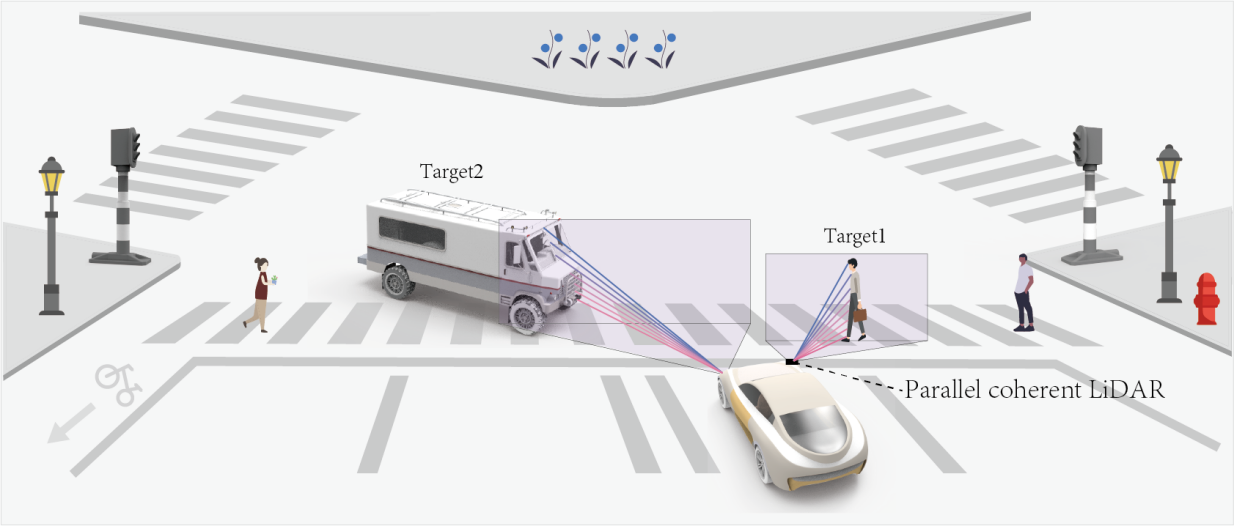- Home
- About Us
- Students
- Academics
-
Faculty
- Electrical Engineering
- Automation
- Computer Science & Engineering
- Electronic Engineering
- Instrument Science and Engineering
- Micro-Nano Electronics
- School of Software
- Academy of Information Technology and Electrical Engineering
- School of Cyber Security
- Electrical and Electronic Experimental Teaching Center
- Center for Advanced Electronic Materials and Devices
- Cooperative Medianet Innovation Center
- Alumni
-
Positions
-
Forum
News
- · Bin Dai's Team Unveils the Assembly Mechanism of β-Lactoglobulin Fibrils, Providing New Insights for the Development of Functional Nanomaterials
- · Mingyi Chen’s research group has made important progress in the field of analog-to-digital converter chips for brain-computer interface
- · Progress in the Development of Semiconductor Nanomaterials to Activate Pyroptosis for Cancer Therapy
- · Jiamiao Yang’s team achieved the high precision optoelectronic reservoir computing based on complex-value encoding
- · Significant Advancements in Resonator-Enhanced Quantum Sensing Achieved by Zenguihua's Team at the School of Sensing Science and Engineering
Research progress in parallel coherent LiDAR by Prof. Guiling Wu’s group at Shanghai Jiao Tong University
The group of Professor Guiling Wu from the Department of Electronic Engineering of Shanghai Jiao Tong University has proposed a novel parallel coherent LiDAR with high imaging rate and low hardware requirements. The related results were reported as a Post deadline paper (PDP) in CLEO-2023 under the title “Parallel Coherent Lidar with Low Detection Requirements”.
Backgrounds
LiDAR is one of the major three-dimensional sensors for many applications such as autonomous driving. Optical frequency combs (OFC) based parallel coherent LIDAR is an important development direction, due to its high imaging rate supporting the demand of real-time applications. However, the separated detection of each probing channel requires tens of detectors and high reception bandwidth, posing a high hardware complexity and cost, which becomes one of the main obstacles limiting its application.

Schematic diagram of 3D imaging by parallel coherent LiDAR.
Innovative Results
A parallel coherent LIDAR scheme based on phase-coded subcarrier modulation continuous-wave (PSMCW) and dual-comb architecture is proposed in this work. The phase-coded subcarrier (PSM) signals are copied to all the teeth of the OFC. In the optical transceiver, the optical signals are dispersed to different spatial directions. The optical echo signals from different probing channels are separated via coherent detection and digital band-pass filters, and are simultaneous demodulated for parallel probing.

Principle of the proposed parallel coherent LiDAR based on phase-coded subcarrier modulation.
Based on the proposed scheme, a parallel coherent LiDAR with cm-level ranging precision is demonstrated with only two 300 MHz detection units, and a record-high imaging rate of 12.5 Mpixels/s is achieved. The detection requirement is reduced by an order of magnitude compared with the parallel FMCW scheme. By changing the parameters of the PSM signal, mm-level ranging precision can also be achieved. The proposed scheme provides an effective solution for developing parallel coherent LiDAR with high imaging rate and low hardware requirements.

Results of the proposed parallel coherent LiDAR.
Paper information
Authors: Long Wang (PhD student at Shanghai Jiao Tong University), Kunfeng Xie (PhD student at Shanghai Jiao Tong University), Liang Hu (Prof. at Shanghai Jiao Tong University), Jianping Chen (Prof. at Shanghai Jiao Tong University), Kan Wu (Prof. at Shanghai Jiao Tong University), Wenhai Jiao (RSR. at Shanghai Jiao Tong University), and Guiling Wu (Prof. at Shanghai Jiao Tong University).
Shanghai Jiao Tong University is the first affiliation for this research. Long Wang is the first author, and Prof. Guiling Wu is the corresponding author.
Funding: This work was supported in part by the National Natural Science Foundation of China (NSFC) under Grants 61627817 and 61905143
About CLEO:
The Conference On Lasers and Electrooptics (CLEO) is one of the most influential international conferences in the field of optoelectronics. More than 1000 papers are accepted in this conference and only 21 papers are accepted as the PDP paper in this year. The CLEO conference aims to report the advanced achievements on optical communication and optical network, optical sensing and metrology, biological photonics, quantum optics, nonlinear optics, integrated photonics, laser processing and manufacturing, etc.
-
Students
-
Faculty/Staff
-
Alumni
-
Vistors
-
Quick Links
